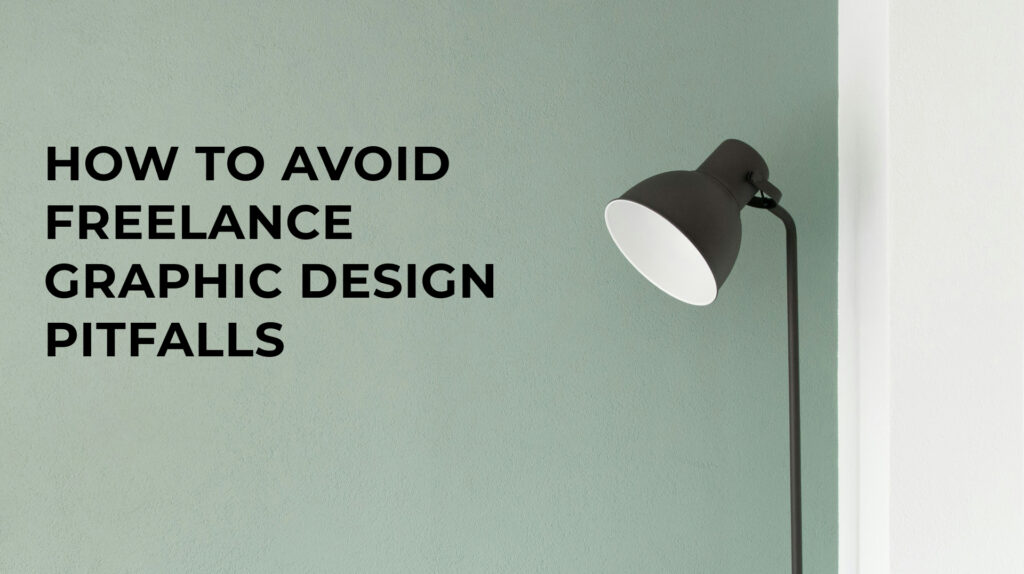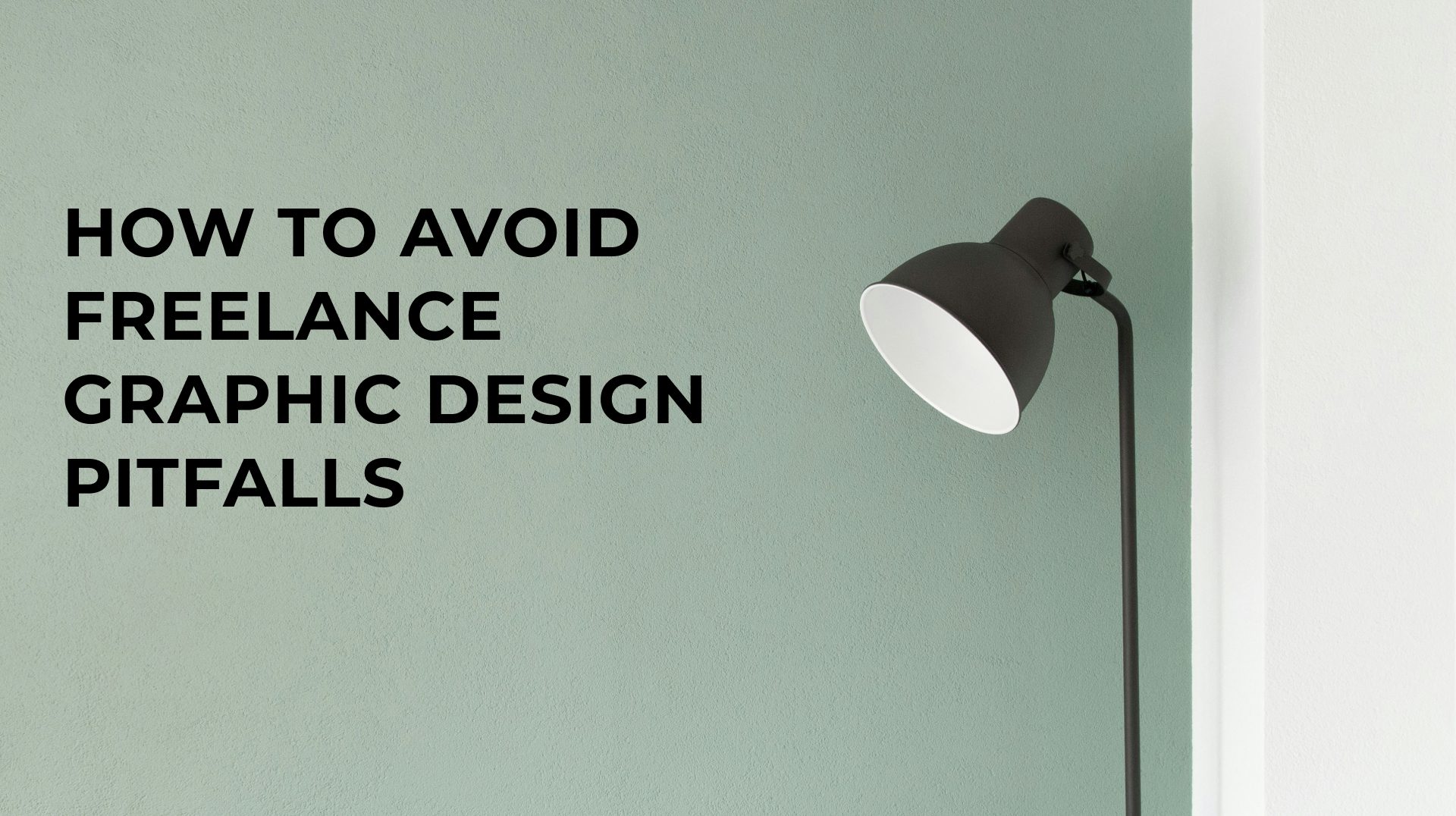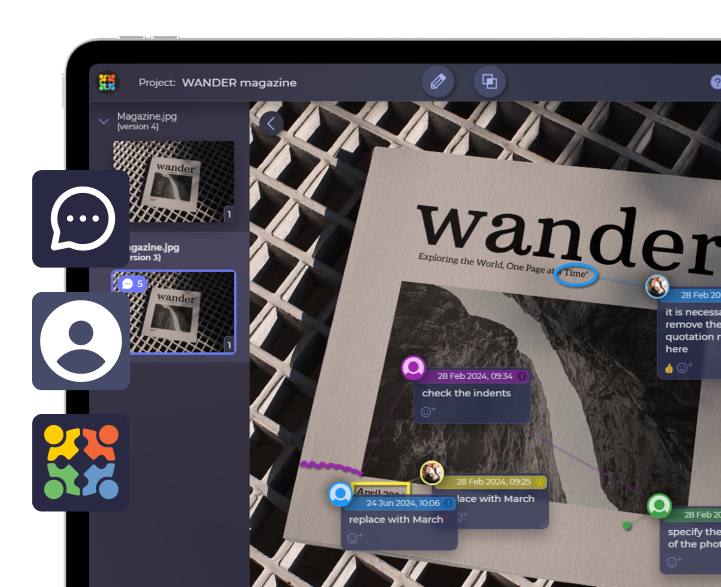Don’t you want to be your own boss and finally take control over your own life? Don’t you want to earn money and spend it all toward savings, your family, or fun?
Oh, I am sure you, my dear designers, have heard these at least once in your lives. Maybe you even thought about it yourself. I mean, I have. How nice it would be to decide your workload, your pay, and your work times.
I’m going to hold your hand when I say this, but freelancing is not for everyone. You, specifically, may not be the best person to lead a one-man business, especially if we’re talking about the design industry.
But for whom then? Let’s discuss the image of a successful freelance designer, and what you need to do and be to survive.
Table of contents:
TL;DR
Freelancing is a business first. That means handling taxes, contracts, pricing, and marketing. If you don’t treat it like a business, you won’t last.
Discipline is non-negotiable. If you can’t push yourself through boring, repetitive, or non-creative tasks, freelancing will chew you up. Test yourself with small goals before taking the leap.
Character matters. Optimism helps you survive dry months and client rejections. A little delusion is healthy; you need to believe in yourself even when things look rough.
Visibility is survival. Success comes from being seen. That means networking, building a personal brand, and showing up consistently on social platforms.
You’ll wear every hat. Designer, marketer, project manager, accountant, customer service, you’re all of them at once.
Businessy stuff
First and foremost, to be a freelance graphic designer, you must be a great businessman. One of the most common reasons why freelancers fail is that they do not approach their job as a business. What do I mean by that? Well, you will have to think through all the things typically associated with running a business to operate effectively in the long term.

First off, laws, regulations, and taxes. You cannot work without properly regulated and defined rules set by your country and or state. What kind of taxes do you have to pay? How should you be registered? What kind of documentation do you have to keep? How will your signature work? All these questions will have to be addressed before even starting to look for clients.
Secondly, marketing. And I don’t mean you have to set up Instagram ads to promote yourself, although that might be what you need to do. You have to know your niche’s market from the inside out to be really able to provide what your clients need with a market-aware price. Yes, even such a small thing as setting a price requires thorough market research that will show you where you stand and what you can ask for.
Self-discipline
Next, you have to be really self-disciplined or know how to work without external motivators. We’ve already discussed how being a freelancer includes many tasks that you may not have been trained for and hate doing. Without self-discipline, it will be impossible to achieve any long-lasting results.
If not approached carefully, a lack of discipline can lead to you procrastinating for most of the time, because the tasks are boring, and (let’s be honest) mostly fruitless. However, with a 9-5, you have deadlines set by company goals that must be met, or else. When working freelance, you are the one setting the deadlines, and you are the one extending them indefinitely until the money in your bank account runs out.

There are many ways to stay productive, but you may never know which one works best for you without actually trying. That’s why understanding how (or if) you can discipline yourself is crucial before quitting your job for freelance work.
I’d recommend setting a silly little short-term goal that you’re not really passionate about to check. For example, pass a geology course. If you can really stick to a thing just because, congratulations, you are fit for freelance!
Character
Another crucial thing that goes hand in hand with self-discipline is character. I have already mentioned how not everyone can be a freelancer. I, for example, am not sure I would be a great fit for the job. Why? First and foremost, my optimism can easily turn into delusion and then disappointment. And this is a crucial overlook that can make or break your whole freelance career.
You have to be optimistic to be a freelancer. Listen, after a month with no clients, even the most optimistic ones may surrender. “What if I made a mistake going into this? What if I should just quit and go back to my 9-5? I hope they will accept me…” In this scenario, a healthy amount of delusion is necessary. It’s not bad when you believe in yourself too much, especially in freelancing, because you will fail. The main point here is how you approach those failures and how many of those it takes for you to give up.

Also, contrary to popular belief, you do have to be an extrovert to be great at this job. You may think that freelancing means less communication with people and more time just focusing on the task by yourself. However, that is not true, and we’ll discuss it more when we talk about client communication.
Client communication
Now, the best part. Listen, if you are not ready for communication with clients to take up more than half of your work time, don’t even go there. Yes, when you are employed as a designer, you still have to communicate a lot at your job. However, those are mostly internal and have less weight per conversation. Communicating with clients about all aspects of collaboration is different.
First off, every conversation has great weight, from the first briefs to all the feedback sessions. You will be working with different people all the time, each with their own view on the world, project, and even your importance. You will meet people who don’t listen to your advice, ghost you all of a sudden, or give a million corrections for every page.

A freelancer’s main task is to learn to communicate with everyone, no matter how annoying or confusing their feedback is. One of the ways to do so is to use design review software. Then, the feedback will be structured and visual. However, these tools are also great for general project management, as they allow you to track all of your projects and understand how things are going before taking on another.
Staying visible
If you open LinkedIn, you will get dozens of suggested posts from “Industry top voices”. All of them share their knowledge, discuss funny (and not so funny) moments from their job, and have some kind of call to action in their bio. Why? Well, they are staying visible and creating a network of potential clients.
Today, a freelancer without a social media strategy rarely succeeds, especially if they are a new entrant and charging clients a market median price. People have always wanted to buy from those who share their vision, which is why people are loyal to brands. And you, as a freelancer, have to have a brand, no matter how small or big you are.

However, it doesn’t mean that you have to create all the branding collateral and wait for the people who like it to come get your services. The brand is about your demeanor, how many people you know, and how you met, what your proposals are, and what customer service you provide.
The easiest way to make a brand is to exaggerate your character traits and go to a networking event. Or get a social media page.
Odd-job man
We’ve already discussed so many things that a freelancer has to be able to do, and this is probably the hardest part of the job. You literally become a factotum – a person who does all kinds of work, all by themselves.
You have to be a legal advisor, project manager, sales manager, financial advisor, content manager, HR, and CEO all in one. Oh, and you are also a designer. Remember? The thing you wanted to do from the very beginning.

I know, I’m exaggerating. Of course, it is okay to ask for help or delegate some of these tasks to someone else, who is a professional at it. And of course, starting as a freelance graphic designer, there might be no need for all of these. However, as we’ve discussed, it will arise whether you are ready for it or not.
Essentially, it doesn’t matter if you will be a factotum or just an extrovert who outsources all of their non-design services. Each of the options comes with a price, though. And it’s important to know beforehand whether you will need to learn the skills or budget for professional help.
Final thoughts
Stop! Do not get discouraged! There are many things that I’ve mentioned in this article that can deter you from going for that freelance job. However, if you read it and thought to yourself that it’s possible, but scary, go for it. It will always be difficult to take a leap into the unknown. Uncertainty, fear of failure, and a lack of belief in yourself can take a toll on you. Never let them. If you’re unsure, take test projects to see if this is the thing for you, and decide based on the hard data, not your gut. That’s what graphic design is all about, anyway, right?

 TEAM SOLUTIONS
TEAM SOLUTIONS WORKFLOW SOLUTIONS
WORKFLOW SOLUTIONS



 REVIEW TOOL
REVIEW TOOL PROJECT MANAGEMENT
PROJECT MANAGEMENT TOOLS & INTEGRATIONS
TOOLS & INTEGRATIONS
 CLIENT INTERVIEWS
CLIENT INTERVIEWS












